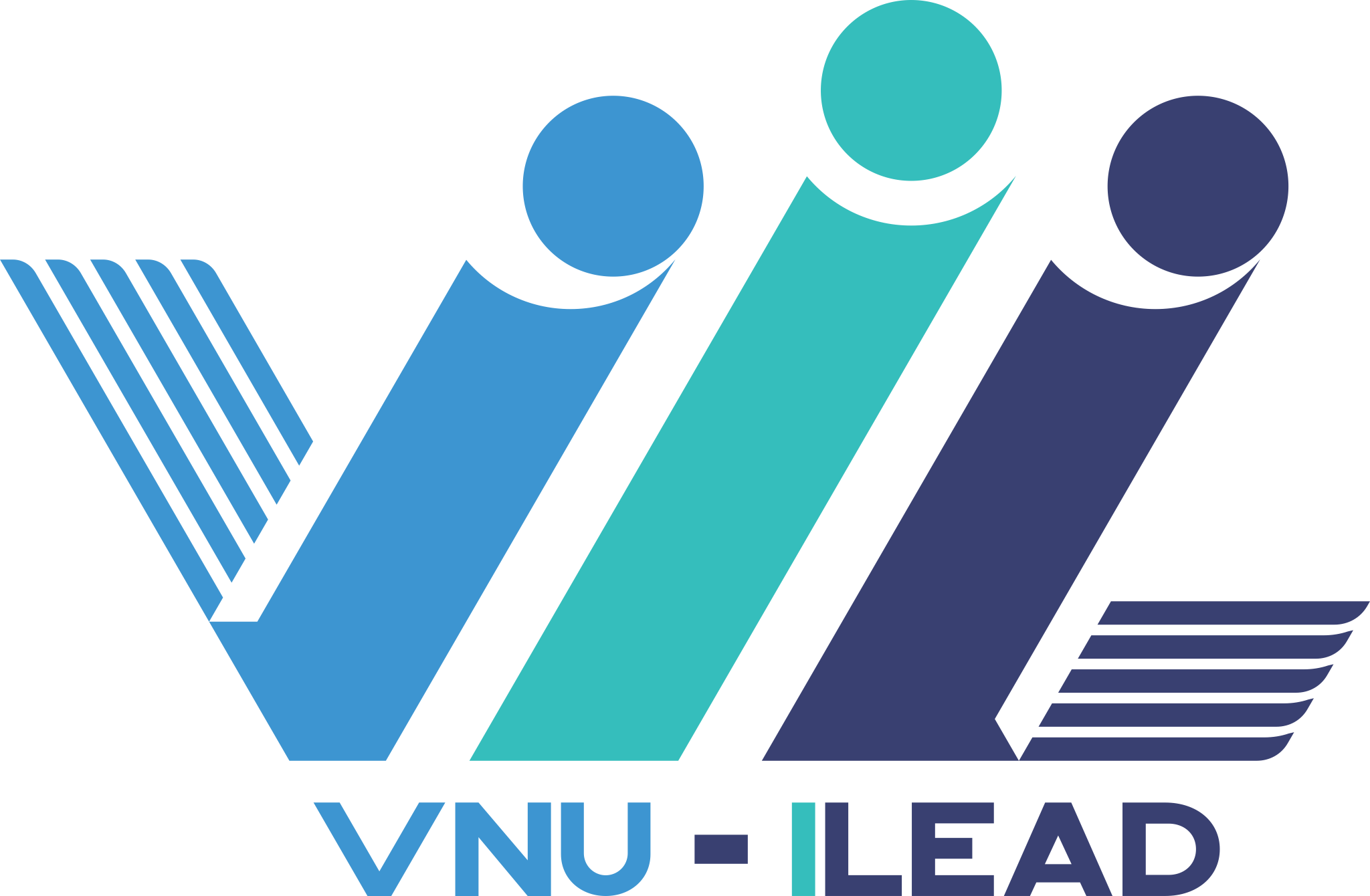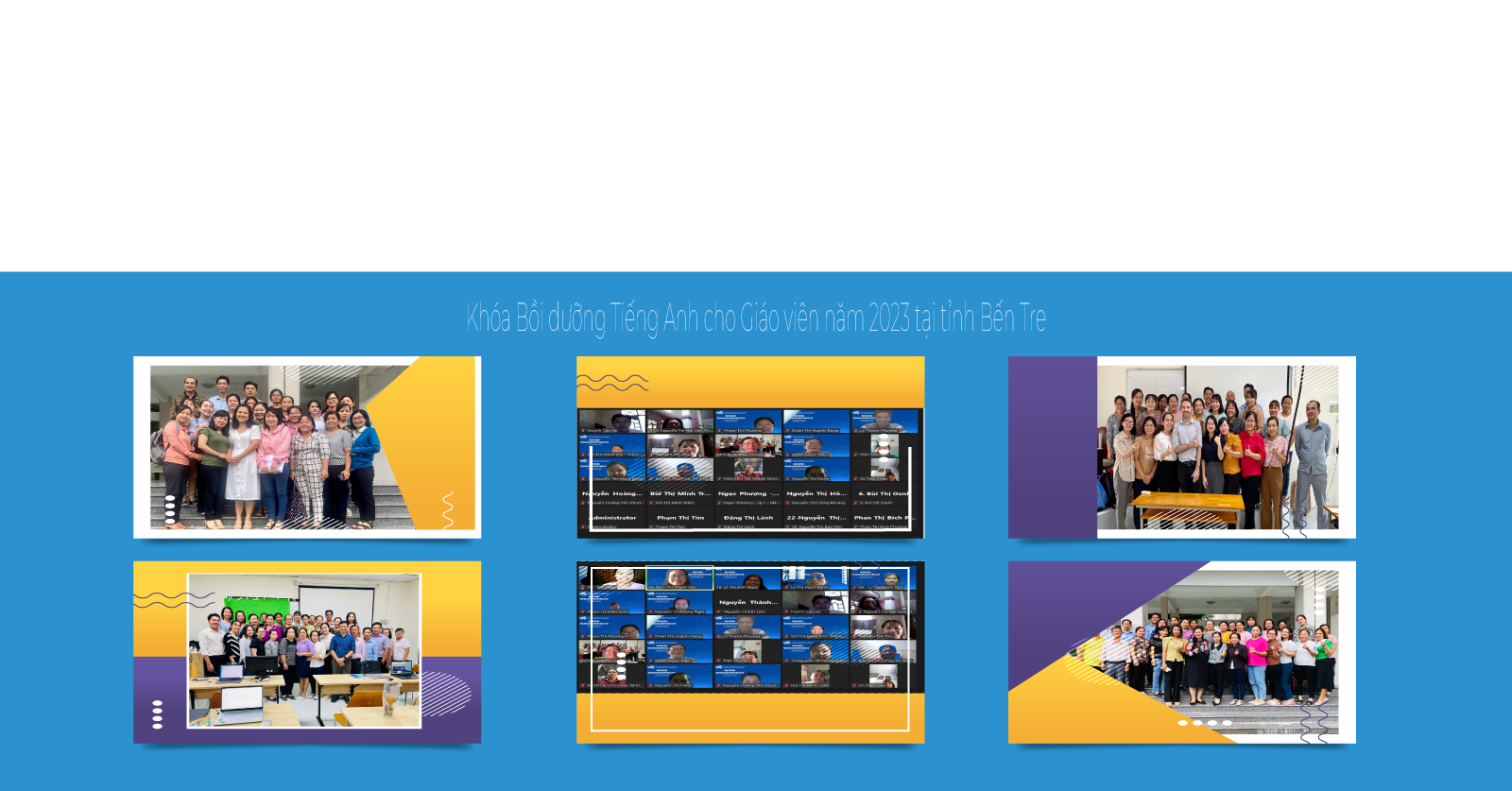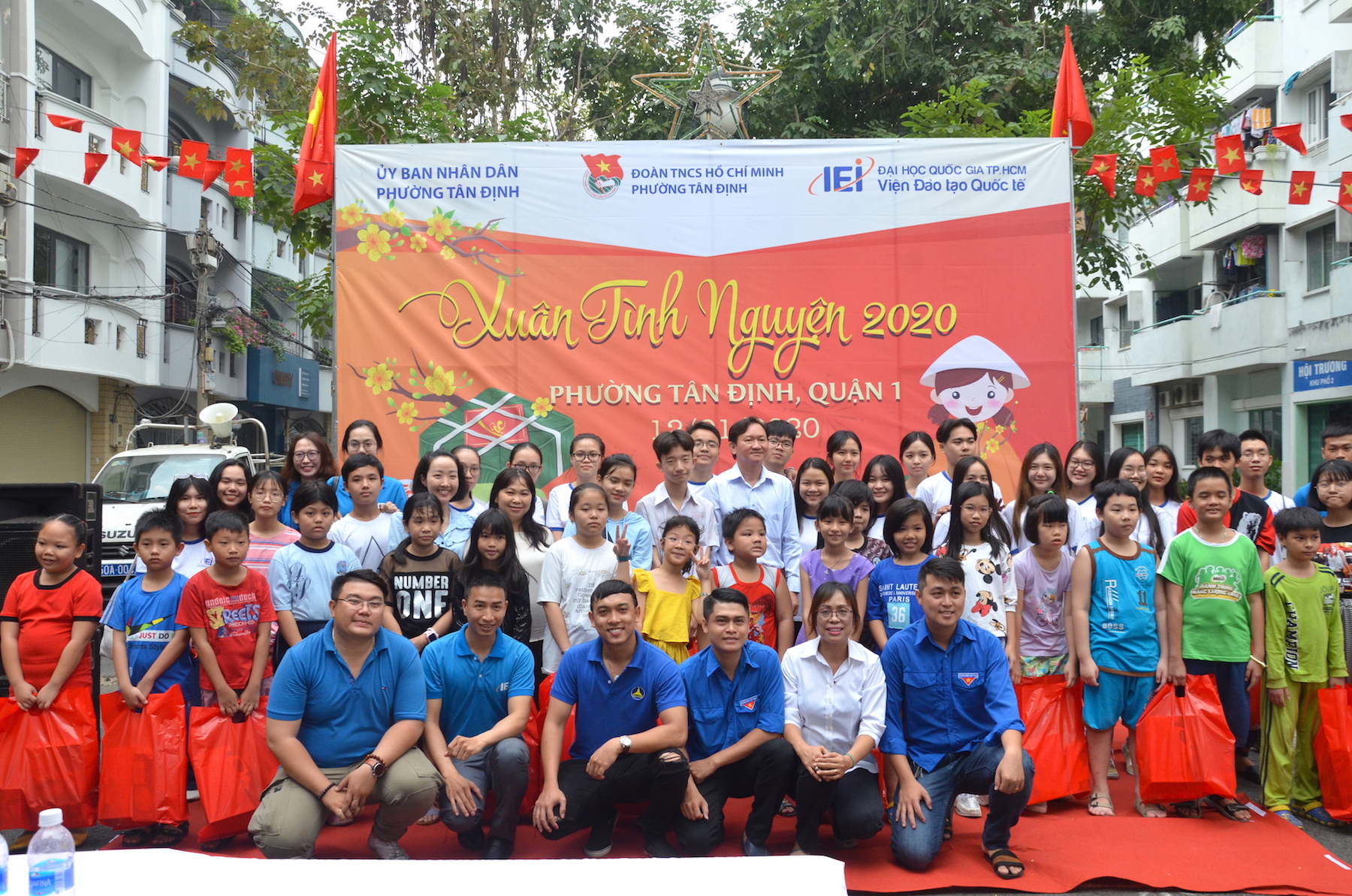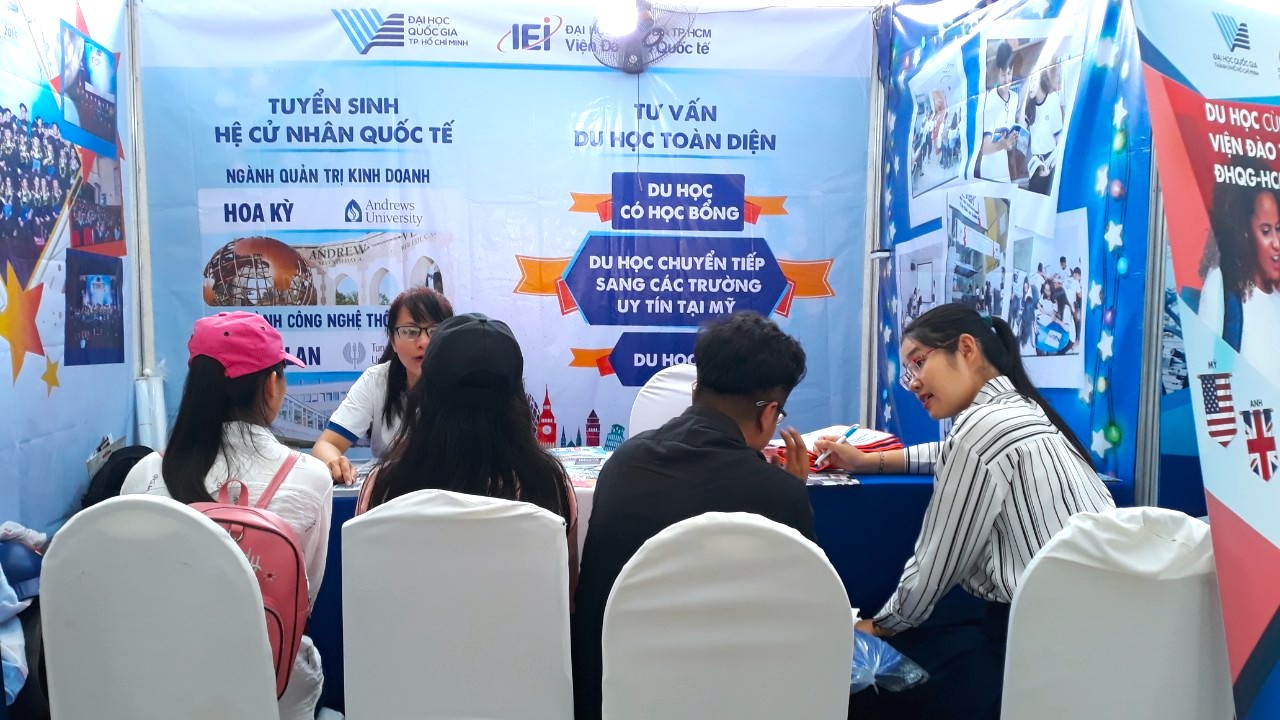North Europe – Finland is known for the lowest population density in the European Union. With a modest population, it occupies a high position in the list of the best places to live. Finland is praised for its high social welfare, high standard of living, and comprehensive health care.

Possessing a long coastline along with many small islands in which the islands of Aland and Kemio are considered to be the most beautiful islands in the world, Finland offers its inhabitants a top life. The average income per capita is 25,739 USD / year (about 548 million VND). Here the people are highly educated and are assured of comprehensive health care without the expense, good employment conditions with advanced education system. This country has many laws and social assistance to ensure the best possible life for all classes of society.

Not only the high level of humanitarian assistance, the Finnish education system is always at the top of the world. Even in the international academic assessment, they surpassed the world’s leading power, the United States. Finland has an extremely advanced and modern educational system.

Finnish students will not have to pass any examinations like countries around the world. Summer students, while US students are still in school, Finnish students have been vacationing for six weeks, during a summer vacation of 10 to 11 weeks. And to perfect the “less understood” picture, Finnish students do not have to go to school before age seven. Of course, in Finland there are no more lessons to learn. They are not assessed and classed during the first six years of study. And there is only one standardized assessment test when students are 16 years old. All Finnish students, whether intelligent or not, are placed in the same class

So what’s going on in Finland? How did Finnish students start slower, learn less, do homework, and outperform other countries?
The answer is that Finland has an extremely high quality education system. 100% of schools in Finland are public schools. There is a national curriculum for all types of education across the country. Each class of science in Finland has a maximum of 16 students, so they are fully practiced during their studies.
Finnish teachers work about 4 hours a day and spend 2 hours per week to improve their professional skills. Finnish teachers are selected from 10% of excellent graduates each year and all have master’s degrees and above and receive subsidies.

Learning less, promoting the development of brainstorming as early as the young is the way to help Finnish students to be at the top of the world in the fields of science, math and reading.
Turku University of Finland
The International Training Institute of the National University of Ho Chi Minh City is considering recruitment for the 2018 program of the Bachelor of Network Security Management program organized by the University of Turku-Finland (the top 300 universities in the world by QS ranking grant a degree. Graduation based on transcripts, National High School exam scores or DNL test scores (straightforward for international students in English).
Contact: (028) 3838 9989 – 0983 01 06 12





